FORTY-SEVENTH MOVEMENT: PORTUGAL
Lisbon, Portugal
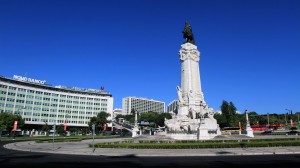
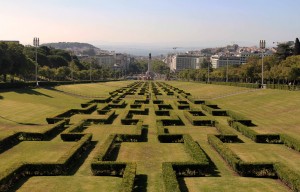
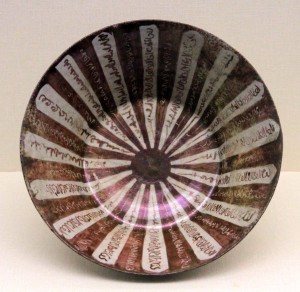
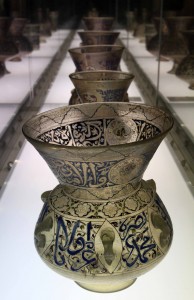
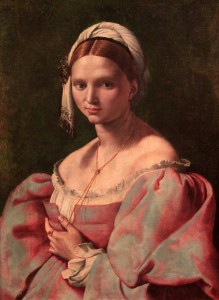
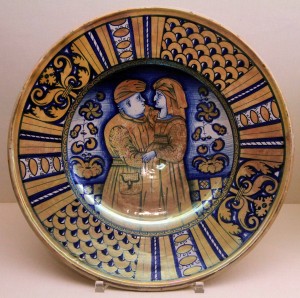
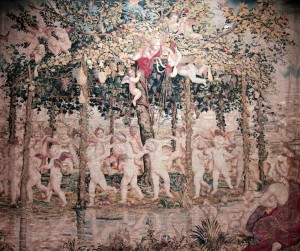
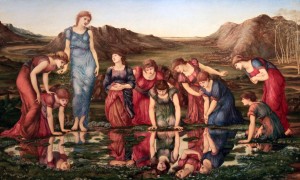
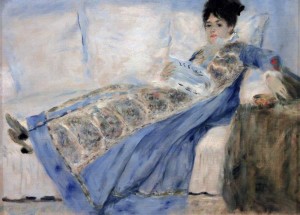

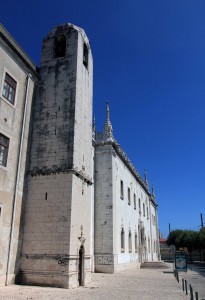
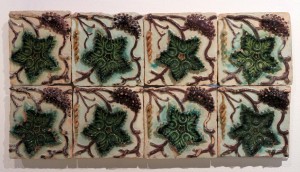
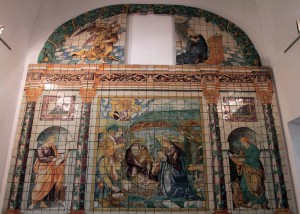
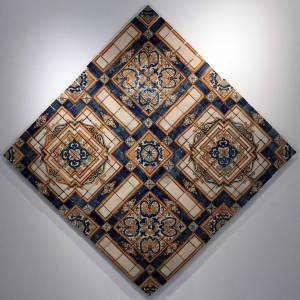
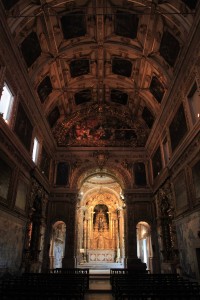
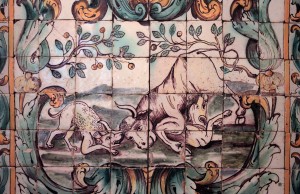
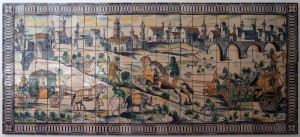
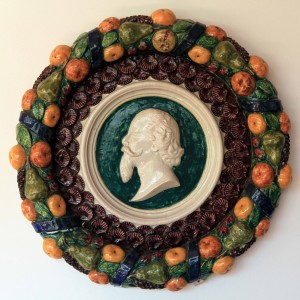
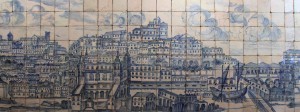
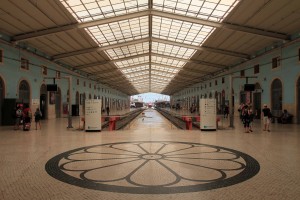
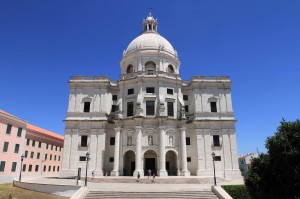
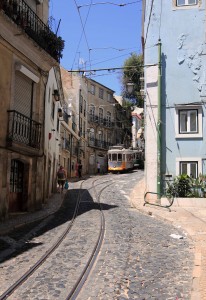
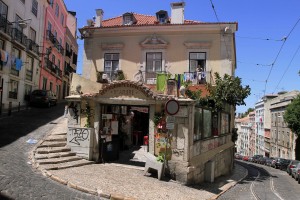
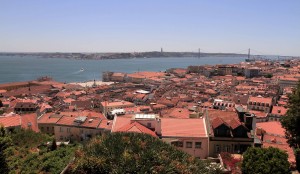
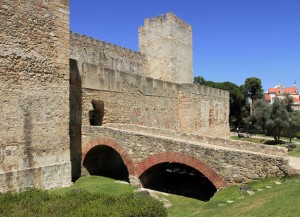
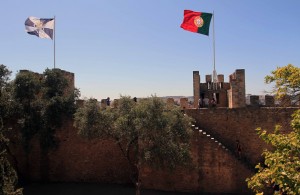
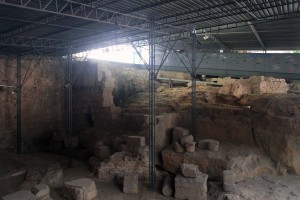
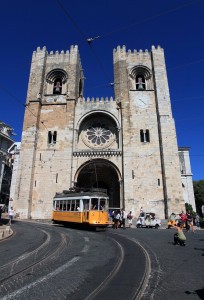
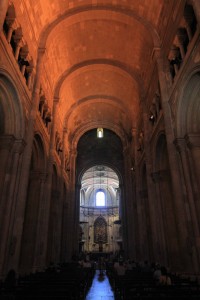
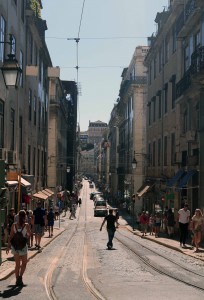
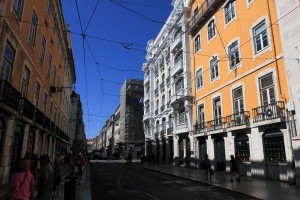
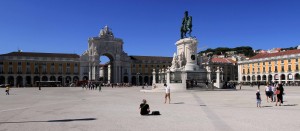
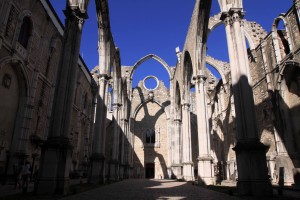
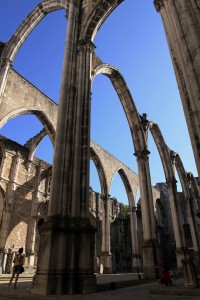
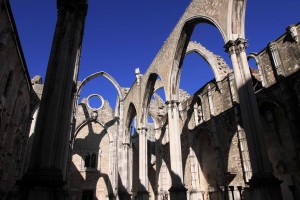
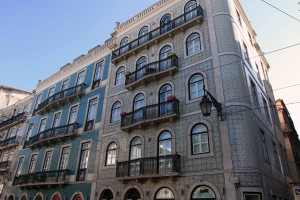
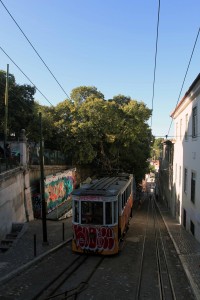
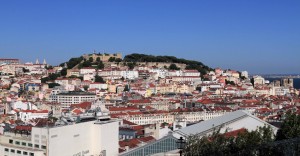
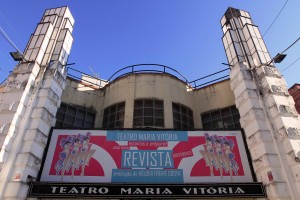
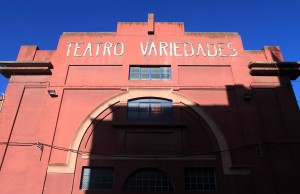
I woke up on the train as we neared Lisbon Oriente Railway Station (thanks to the pull(wo)man) and we reached the station around 07:20 (Portuguese time, an hour different from Spain – this means I gained an hour of sleep, hooray!). I then grabbed my bags and made my way to the metro station below the train station. I took the metro trains to the Marques de Pombal Metro Station and walked from there to the hostel I had booked a single room with (that’s right, no dorm room for me). Upon reaching the hostel, I rang the bell, entered inside (the door was actually unlocked), and proceeded to check in with the young Dutch woman working there as much as I could since the room was not ready (it was all for naught and I had to go through the whole procedure again when I came back later in the day). I then received some guidance on what to see and do in Lisbon from the Dutch woman, and I stored my bags in the luggage room. Then, once ready, I exited the hostel and set about exploring Lisbon. I walked back to the Marques de Pombal Metro Station and took the metro train to the São Sebastião Metro Station. I then set out walking to the Calouste Gulbenkian Museum, but ended up going the wrong direction, walking to the Eduardo VII Park instead, where I was able to see a decent portion of the city of Lisbon, as well as the Marques de Pombal Square – this means, of course, that utilizing the metro train was wholly unnecessary and I would’ve been better off walking, even if uphill. After viewing the park and getting my bearings, I proceeded onward to the Calouste Gulbenkian Museum. I arrived at the museum just before it opened its doors at 10:00, waited a few minutes, went inside, and then purchased my ticket. I then walked around the museum and viewed the various exhibition rooms, looking at all the artifacts, paintings, sculptures, and furniture. The museum had a diverse selection of ancient (Greco-Roman, Near East, Egyptian, Mesopotamian, Persian, and Armenian) and European art. I walked through the different rooms and looked at everything on display before finishing up my tour. Once completed, I walked back to the São Sebastião Metro Station and rode the metro train to the Santa Apolónia Metro Station. From there, I walked northeastward to the National Azulejo Museum; this museum was established in 1965 AD and features decorative ceramic tiles (or “azulejos”) from the second half of the fifteenth-century AD to the present-day. I explored the different rooms of this museum and viewed all the different tiles on display (my friend Giovanni would’ve loved it as much as he loved the porcelain display in the Louvre). After finishing up with this museum, I walked back to Santa Apolónia, looked inside the historic railway station (it was built in 1865 AD), and considered taking the metro train to the Museum of Ancient Art (as I walked down toward the station to look at the metro map, I watched a guy who was so busy looking at his smartphone that he started walking down the ascending-escalator – this was kind of funny); I then decided against taking the metro since the train doesn’t run very near to the museum, so I ended up exiting the station and made my way to the old city instead. I passed by the National Pantheon (I did not bother entering inside), which was originally the Church of Santa Engrácia (built in the seventeenth-century AD), but now (since 1916 AD) it contains Portugal’s honored dead (much like the Pantheon in Paris). I then walked through the streets of Alfama (Lisbon’s oldest district) and made my way to São Jorge Castle (originally a Moorish castle from the medieval period). Once I finally found the correct road that leads to the castle’s entrance, I climbed uphill, reached the ticket counter, bought my ticket, and then entered inside. I then walked around the edge of the outside terrace where I had a splendid view of the city of Lisbon. Next, I walked up to the castle itself, skirted the walls, and then entered inside. I wandered around the inside of the castle, viewed the archaeological site, and walked along much of the walls’ walkways. I also walked through the small museum on site and viewed the various artifacts on display. After exploring São Jorge Castle, I then walked down the hill and to the remains of a Roman theater in downtown Lisbon; this site was not open to the public, but I was able to look through some windows along the museum’s walls and see what had been excavated – which was a tad bit disappointing. Next, I walked to the nearby Lisbon Cathedral (official name: the “Patriarchal Cathedral of St. Mary Major”). The Lisbon Cathedral began construction in 1147 AD and was completed in the thirteenth-century AD; over the years, the cathedral had to be rebuilt a number of times due to earthquakes (the most destructive in the city’s history was the 1755 Lisbon Earthquake – one of the deadliest earthquakes in recorded history) and was given its current appearance in the early-twentieth-century AD; the cathedral’s architectural styles included Romanesque, Gothic, and Baroque. I entered inside the cathedral, walked around, and, after a short visit, I exited the building. I then took several photographs of the cathedral’s façade and Lisbon’s iconic trams – a tram line is right in front of the cathedral and Tram 28 (which passes by the cathedral) is the most famous in its yellow paint job; in many respects, Lisbon is very similar to San Francisco; they both are hilly and port cities, they both are prone to having earthquakes, they both have iconic red bridges that look very similar (the Golden Gate and the 25 de Abril Bridge), and they both have functioning, iconic tram lines that still exist solely for nostalgic and touristic purposes. Anyway, after visiting the cathedral, I walked to the Praça do Comércio (translation: “Commerce Square”), which is located next to the shore of the mouth of the Targus River; in the center of the large square, there is a statue of King José I riding his horse (by Machado de Castro); also, the Rua Augusta Arch (a triumphal-type arch built to commemorate the city’s reconstruction after the 1755 Lisbon Earthquake) stands at the center of the northern edge of the square. After visiting the square, I walked in to the city, past the Santa Justa Lift (a historical vertical lift built in 1902 AD to allow citizens to more easily cope with the elevation changes present in the city), and to a supermarket, where I bought a large bottle of tea and quickly drank that down (I was very thirsty after having walked for hours in the hot Iberian sun). Next, I walked to the ruins of the Carmo Convent and Church, which were both ruined during the 1755 Lisbon Earthquake. At the Carmo Church entrance, I paid for my ticket and then walked in and began wandering around. I looked around at the Gothic ruins of this church that was built in 1423 AD (the roof had collapsed during the earthquake, but otherwise the walls and many spans were still intact) and then walked to the museum at the other end, which had some interesting oddities (an Egyptian sarcophagus and mummy, two dried-up and flaking Peruvian mummies, an eighteenth-century AD coin press, etc.). Once done exploring the church and taking many photographs of the ruins (there is something alluring and beautiful about ruins; I can’t help but be attracted to their sight), I exited the site and walked through the city, toward the Botanical Garden. Well, I missed the road that leads to the garden entrance (I was expecting an obvious sign or many trees and green, but there was no sign and the garden was tucked between enough buildings to obscure most of its vegetation) and ended up walking circling around the outside of the entire garden. At one point, I came to a mostly-empty parking lot with three different historic theaters around the lot, which all looked rundown and underused (if used at all). Eventually, after circling the garden, I found the entrance, walked on the path to the ticket office, but then chose not to enter inside since it was almost 19:30 and the garden would only remain open for another half hour. So, I walked through the city to the Avenida da Liberdade and then followed the avenue up toward the hostel I was staying in. Before returning to the hostel, I stopped at a market and bought some drinks and a bottle of Portuguese wine (that I ended up saving for the following day). Once back at the hostel, I checked in (once again – although for reals this time), grabbed my bags, and went upstairs to my single room (ahhh, privacy). The helpful attendant working at the hostel then told me about a pasta dinner with sangria (for only three euros) and a pub crawl later on at 23:00; I had intended on participating in both activities (for at least a brief period to mingle with other guests), but once I took out my laptop and began researching, booking rooms, and buying tickets for future events (in other words: preparing for the next month or so of my travels), I became too productive to quit for food or drinks; so I worked and stayed in my room the whole night and even skipped dinner (I ended up not eating anything today). I eventually went to sleep around 01:00, ready to wake up early to Sintra the following day (as I was trying to fall asleep, I heard a guy vomiting in the bathroom on the floor below mine; he must have had a productive night despite finishing a tad too early).
